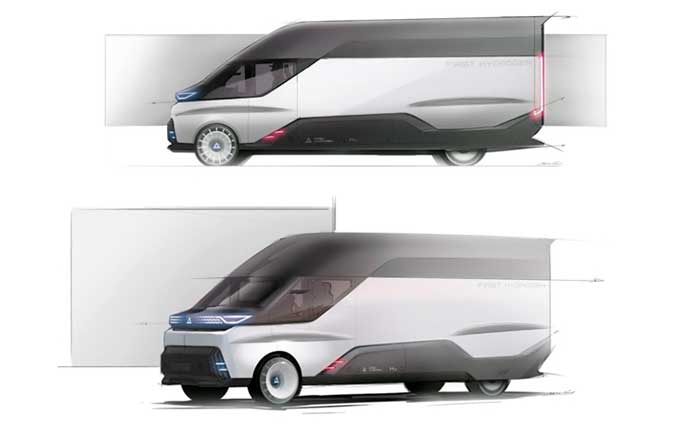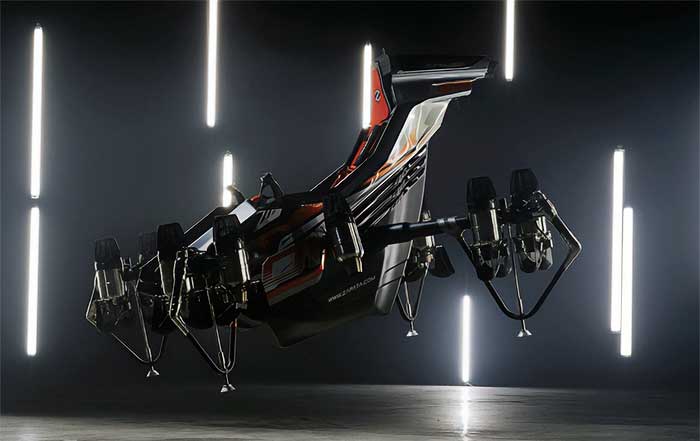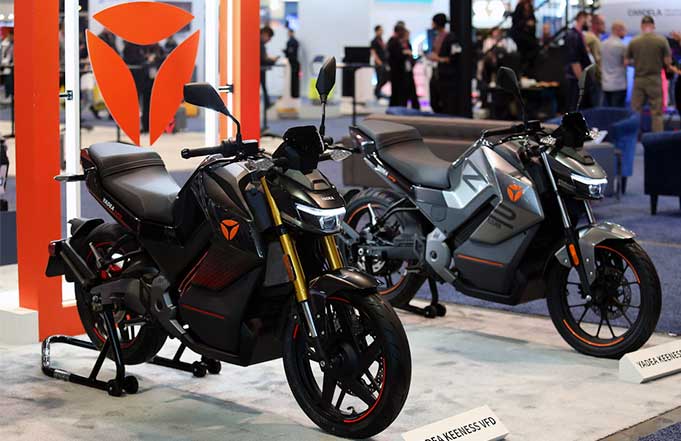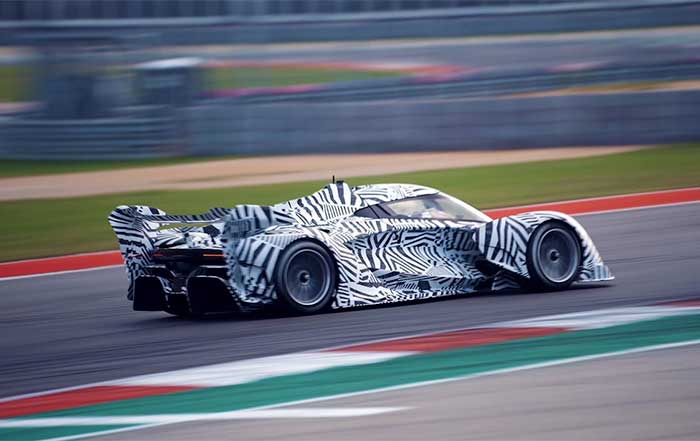First Hydrogen Corp. reveals new images outlining the vision for its Generation II concept vehicle, which will be available with either fuel cell electric or battery electric drive trains. The latest sketches show the design process that the Company is undertaking with global mobility experts EDAG Group.
The images show the vehicle's overall form in greater detail and indicate some of the van's technical assets. As well as the vertical taillights and branded daytime running lights, which were revealed earlier this year, the new illustrations exhibit an aerodynamic fuselage. They also show muscular and dynamic fenders and a large front grill, which is both functional and stylish. Incorporating First Hydrogen branding, the grill provides the necessary ventilation for the vehicle's front located fuel cell.
The Generation II concepts are being developed while First Hydrogen trials its Generation I fuel cell electric vehicles (FCEV). Launched last year, the Generation I vehicles are currently undergoing mileage accumulation and evaluation before entering trials with major fleet operators in the UK. The road trials for Generation I are managed in conjunction with the UK Aggregated Hydrogen Freight Consortium (AHFC). Members cover a variety of sectors including grocery, roadside assistance, utilities, construction and express delivery and trial participants will use First Hydrogen's demonstrator vehicles alongside their existing fleets to evaluate the benefits of different vehicle technologies. Data and feedback gained during these trials will influence the design and engineering of the Company's future vehicles to ensure designs meet customer needs.
The global light commercial vehicle market is projected to reach USD 751.86 billion by 2030, increasing at a compound annual growth rate of 5.1% during the forecast period (2022-2030). Further growth is expected as industries strive to meet zero emission targets and governments incentivise switching to zero emission mobility and invest in better infrastructure. First Hydrogen is targeting the commercial van market and light commercial vehicle sector to support fleet operators to move away from fossil fuels and invest in zero emission transport.
Steve Gill, CEO of Automotive for First Hydrogen, says: "We are delighted to present a first look at the new concept vehicle and are proud of its clean, functional, and modern design. The aerodynamic design and overall proportions have been shaped to consider operations on highways and in urban environments. We have taken a particular focus on the lighting, ensuring high visibility for drivers and other road users, – this is especially important for use by delivery, utilities, and roadside assistance companies – but also make the vehicles instantly recognisable as First Hydrogen."
Bernat Costa, Design Director at EDAG Spain, comments: "We have taken great care to reflect the modern and clean energy values First Hydrogen represents in the vehicle design. The pure and minimalist design meets functional needs and accommodates the technical requirements of hydrogen propulsion. We have also created a design suited to modular builds, providing operational flexibility through a range of sizes and potential bespoke elements."
First Hydrogen Corp. is a Vancouver and London UK-based company focused on zero-emission vehicles, green hydrogen production and distribution and supercritical carbon dioxide extractor systems. The Company is designing and building hydrogen-fuel-cell-powered light commercial demonstrator vehicles ("LCV") under two agreements with AVL Powertrain and Ballard Power Systems Inc. The LCV will have a range of 500+ kilometres. At the same time, the Company has launched its bespoke vehicle design phase which will develop its fleet of proprietary zero-emission vehicles. First Hydrogen is also developing refueling capability working with FEV Consulting GmbH, the automotive consultancy of FEV Group of Aachen Germany. As well, the Company is pursuing opportunities in green hydrogen production and distribution in the UK, EU and North America.




